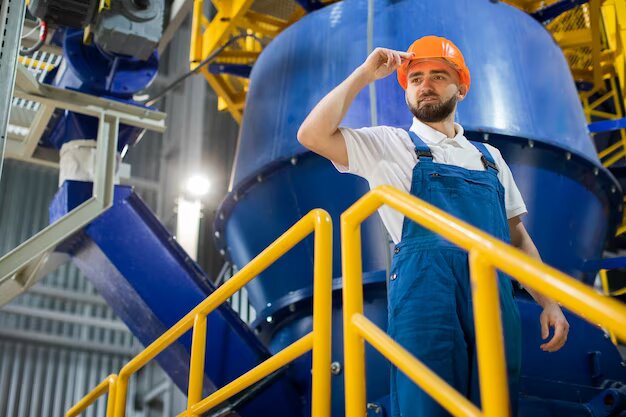In the ever-evolving landscape of the oil and gas industry, the integration of advanced technologies has become paramount for companies seeking efficiency, cost-effectiveness, and enhanced safety. One such technology making waves in the sector is remote monitoring, offering a transformative approach to managing oil and gas assets. In this article, we will delve into the significance of optimizing oil and gas assets through remote monitoring and explore how this technology is reshaping the industry.
The Rise of Remote Monitoring in Oil and Gas:
Traditionally, oil and gas operations have been monitored through manual processes and periodic checks. However, the limitations of this approach, including delays in data collection and response times, have prompted industry leaders to seek more sophisticated solutions. Enter remote monitoring, a game-changing technology that allows real-time oversight of critical assets, from drilling platforms to pipeline networks.
Enhanced Safety and Environmental Compliance
One of the primary advantages of remote monitoring in the oil and gas sector is the enhancement of safety protocols. Real-time data collection enables operators to promptly identify potential issues or anomalies, reducing the risk of accidents and ensuring a quicker response to emergencies. This not only protects personnel but also minimizes the environmental impact of potential spills or leaks.
Operational Efficiency and Cost Reduction
Remote monitoring optimizes operational efficiency by providing actionable insights into asset performance. By continuously tracking parameters such as temperature, pressure, and flow rates, operators can detect inefficiencies early on, allowing for preventive maintenance and minimizing downtime. This proactive approach not only increases productivity but also contributes to significant cost savings by avoiding costly repairs and unplanned shutdowns.
Asset Integrity and Predictive Maintenance
Oil and gas assets are subject to harsh environmental conditions, making asset integrity a critical concern. Remote monitoring systems equipped with sensors and advanced analytics enable the continuous assessment of equipment health. By predicting potential failures before they occur, operators can schedule maintenance activities strategically, extending the lifespan of assets and optimizing resource allocation.
Real-Time Decision-Making
In the dynamic oil and gas industry, decisions must be made swiftly to respond to changing conditions. Remote monitoring provides decision-makers with real-time data, empowering them to make informed choices promptly. Whether adjusting drilling parameters, rerouting pipelines, or optimizing production schedules, having up-to-the-minute information enhances operational agility and responsiveness.
Connectivity and Accessibility
Advancements in communication technologies have facilitated the widespread adoption of remote monitoring in the oil and gas sector. With the advent of the Internet of Things (IoT), assets in remote locations can be seamlessly connected to centralized monitoring systems. This connectivity ensures that even the most distant drilling platforms or pipeline networks can be monitored and managed from a central control center, providing unparalleled accessibility and control.
The Future of Oil and Gas: Remote Monitoring Innovations
As the oil and gas industry continues to embrace remote monitoring, ongoing innovations promise even greater benefits. Artificial intelligence and machine learning algorithms are being integrated into monitoring systems, enabling more accurate predictive analytics and anomaly detection. These technologies not only automate routine tasks but also enhance the system's ability to adapt and evolve in response to changing conditions.
The optimization of oil and gas assets through remote monitoring is a paradigm shift that is reshaping the industry. From improving safety and compliance to maximizing operational efficiency and reducing costs, the benefits of remote monitoring are undeniable. As technology continues to advance, the integration of AI and machine learning will further enhance the capabilities of remote monitoring systems, ushering in a new era of smart and resilient oil and gas operations. Companies that embrace these innovations today will undoubtedly position themselves for success in the dynamic and competitive landscape of tomorrow's energy sector.

No comments yet